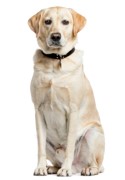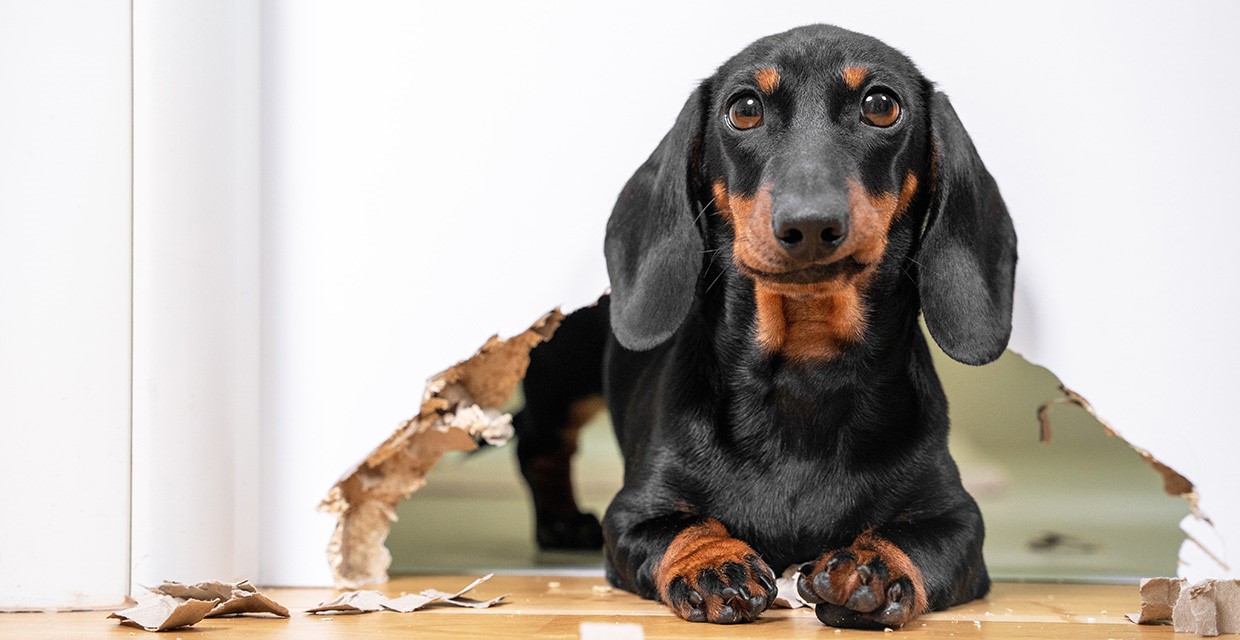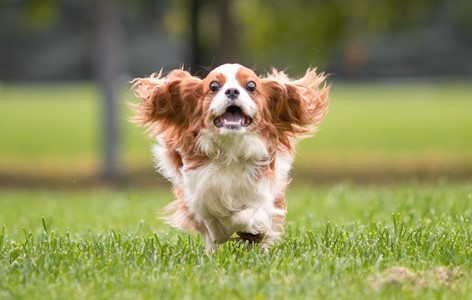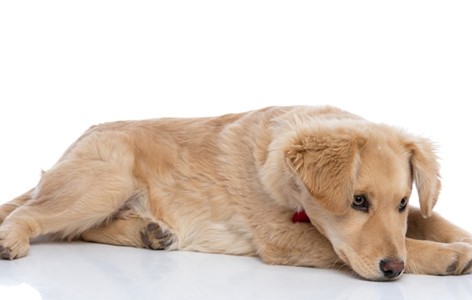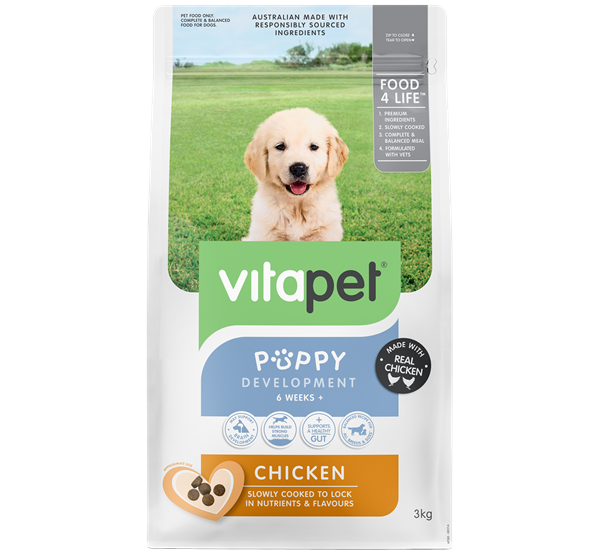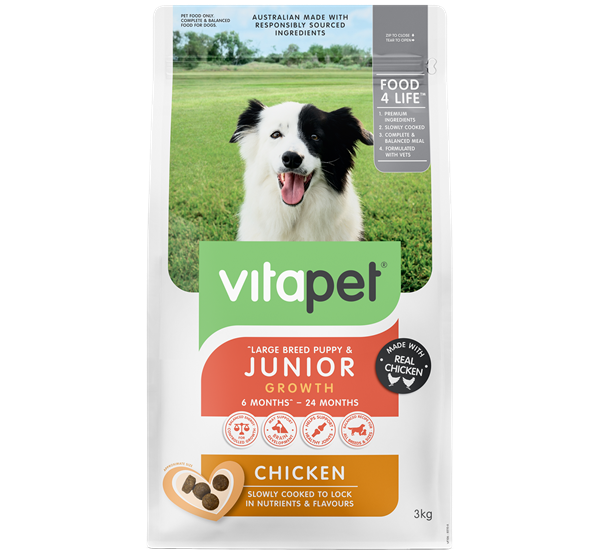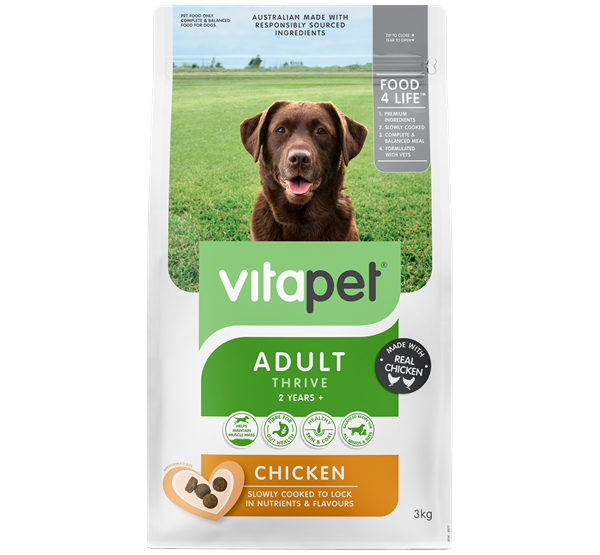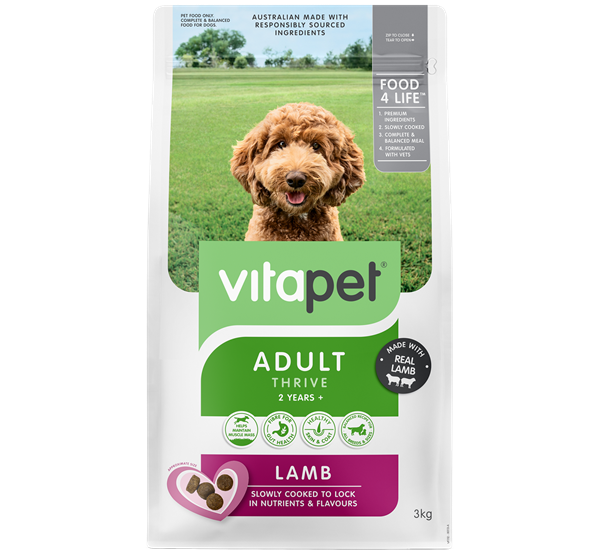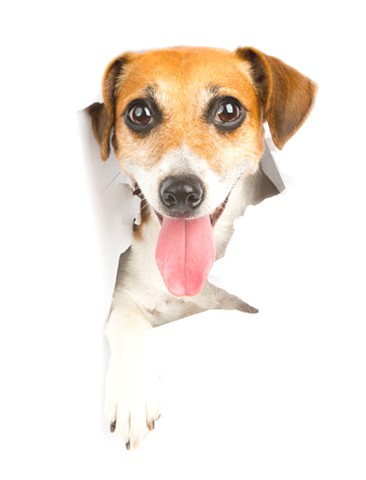Scratching is a behaviour that’s completely normal and instinctual for dogs, but can be problematic when they scratch people or things.
This article explores the most common reasons why dogs scratch people or other things and how to reduce scratching if it becomes problematic.
Why dogs Scratch People
Scratching is part of a dog’s normal instinctual behaviour. Scratching helps them dig which is how they explore things in the dirt and bury bones for later – also called caching. But when dogs scratch people it’s problematic because it can be painful, causing bruising and even bleeding.
Dogs scratch people for a few different reasons.
The most common reason is because scratching results in a desired outcome, usually attention!
Many dogs learn that if they want a pat or attention, scratching often works. This rewarding consequence results in the behaviour continuing because we humans accidently reinforce the behaviour. This is especially common with puppies. When a puppy jumps up on us and scratches it doesn’t hurt and it’s oh so cute! We bend down and gush at the cute puppy patting them and giving them attention.
However, this behaviour soon becomes problematic when that cute little puppy grows into an adult, especially if they’re a medium or large dog. The bigger the dog, the larger their claws and the more they hurt.
Why Dogs Scratch other Things
Dogs may scratch other things such as the floor, doors or even their toys. Scratching or pawing at the floor or a toy is a dog’s way of exploring and shows they’re curious. When a dog scratches at a door they are likely communicating to someone that they want them to open the door, to go outside or to another area of the house.
Some dogs might scratch excessively and destructively. This usually occurs on doors or on the floor near doorways and is a common symptom of separation anxiety.
Dogs with separation anxiety often scratch at the floor near where they saw their owner leave.
Sometimes the anxiety can be so severe that they significantly damage floors, walls and doors.
How to Teach Dogs Not to Scratch
Some scratching is normal for dogs, however if your dog’s scratching is inappropriate or excessive there are a few things you can do to teach them not to scratch.
Firstly, ensure that you’re not inadvertently rewarding your dog for jumping up and scratching with attention or pats. Rather, ignore the jumping up and instead reward your dog with attention, pats and a treat for having all four paws on the floor or for sitting instead.
With repetition and consistency, your dog will learn that four paws on the floor or sitting works better and they’ll repeat this behaviour in favour of jumping up and scratching.
All visitors and people who interact with your dog should follow the same steps to ensure your dog learns not to jump up and scratch any person or child.
For dogs who have learned to scratch at doors to be let in or out, you can teach them that sitting at the door results in being let in or out, rather than scratching.
To do this, notice when your dog approaches a door and ask them to sit before they scratch. Once they sit, tell them “good girl/boy” and immediately open the door. With consistency and repetition your dog will learn they no longer need to scratch at the door to be let in or out and will sit instead.
If you suspect your dog is scratching because of separation anxiety it’s best to discuss this with your veterinarian who can recommend treatment options and put you in touch with a professional to help address the separation anxiety.









